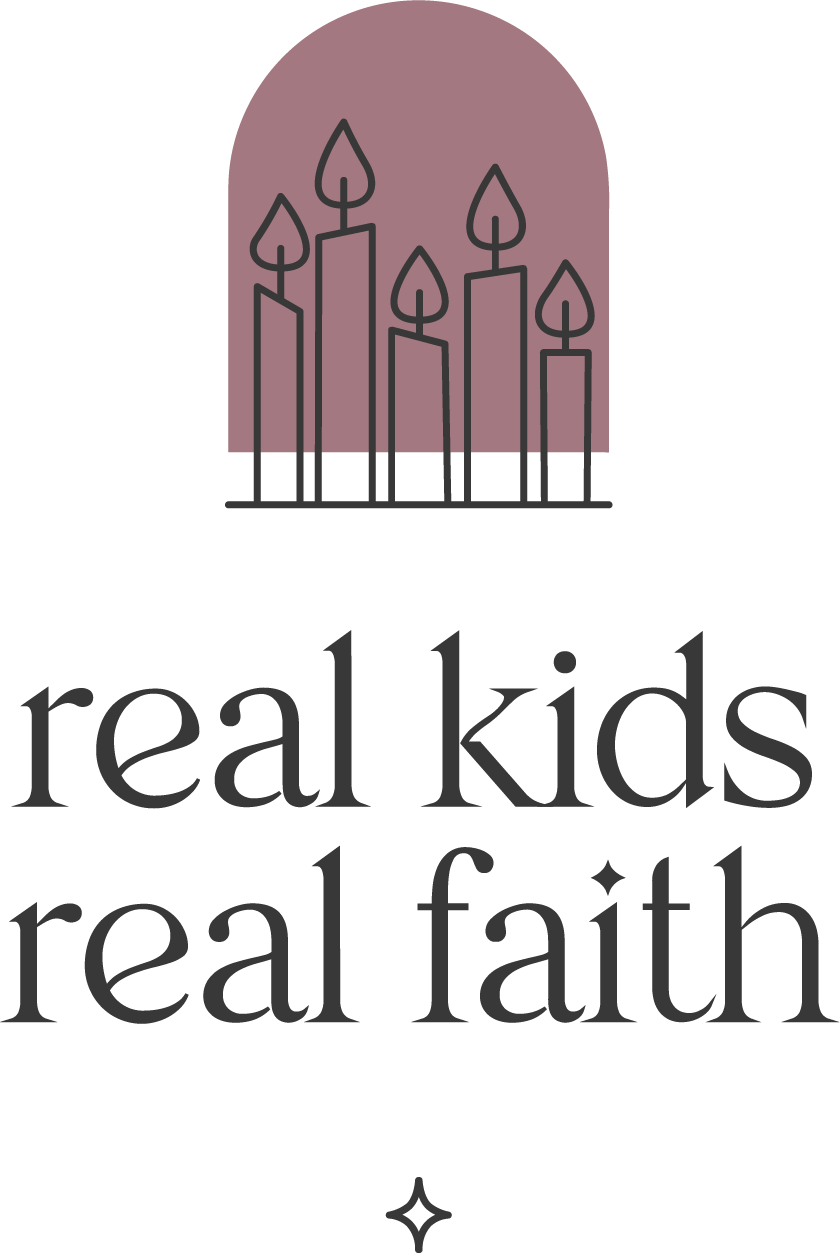“Hey, mom, should I do the porch next door too?” asked my eldest. We were shoveling snow around our house after school. Our neighbor was an elderly woman unable to clear her own front steps. “Yes, I think she would appreciate your help,” I replied, as all three kids carried their shovels in that direction.
Learning to be a good neighbor is an important community-building skill. In fact, experts suggest that teachers and other adults should stress neighborliness over friendship when talking with kids about community. That’s because people generally think of friends as people who share the same interests, whereas neighbors may be quite different from us. Appreciating what they bring to a group may be more difficult because of this diversity.
An essential aspect of any community is respect for all. We can teach children to view those around them with an eye toward what each person brings to the group. Perhaps it is their silly sense of humor or their attention to details that others miss. It might be their adherence to the rules or their ability to remain calm when others are anxious. Encourage children to look for each person’s strengths, even if they aren’t certain they understand or appreciate their value. What seems annoying now might prove really useful later.
Helpfulness is another trait of a healthy community. Giving and receiving help encourages positive relationships. Adults can facilitate this exchange by encouraging kids to identify their strengths and also areas where they need assistance. Create a community wall where children identify ways they can be a resource and also invite others to help them with things they find difficult. Use simple prompts, such as “If you need help with x, [name] can help” and “Who can help me with x?”
Invite children to name other neighborly behaviors. Ask: What kinds of attitudes and actions encourage community? You might invite children to draw pictures of themselves interacting with neighbors and then make a list of their ideas. Or suggest that they act out scenarios where they demonstrate what neighborliness looks like. Encourage them to recall past experiences and also imagine new possibilities for neighborly actions.
One of the benefits of exploring neighborly relationships is that being a good neighbor builds self-confidence. Children realize that they have something to contribute to their community. They see themselves as capable of helping others. They experience others’ respect and appreciation as a valued member of the group.
Another benefit is that neighborliness increases children’s sense of inclusivity. They learn that many different kinds of skills and attributes are necessary and valuable for building communities. Their view of others expands to include both strengths and weaknesses. It is harder to dismiss someone as different when their particular skills make an important contribution to the group’s well-being.
Last but not least, being a good neighbor helps children develop and maintain friendships. Many of the same skills – showing respect, valuing others’ gifts, being helpful – support positive friend relationships. When kids practice these actions in groups, they learn lifelong habits that will enhance their lives and communities now and in the future.

Comments